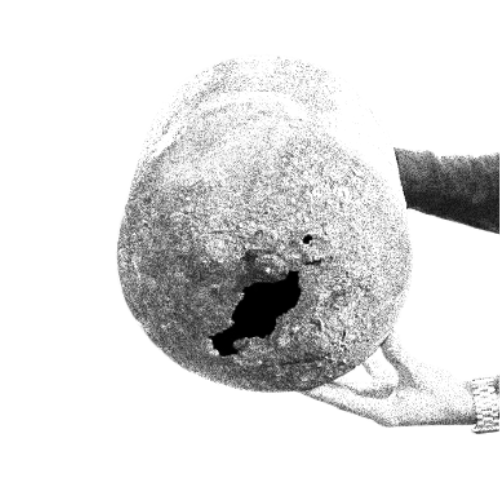Understanding halocarbons
What are halocarbons?
Halocarbons include old chlorofluorocarbon (CFC) and hydrochlorofluorocarbon (HCFC) refrigerants and halons. These gases are ozone-depleting substances with high global warming potential (GWP). Tradewater searches the world to collect, control and destroy these gases. We have found these halocarbons on four continents, stacked haphazardly in warehouses, scattered beyond locked gates or even in residential garages. These conditions leave these gases at risk of leaking, and we need to destroy them to prevent permanent damage.
The problem with halocarbons
The global warming potential of these ozone-depleting gases is up to 16,200 times that of CO2. Hydrofluorocarbon (HFC) refrigerants are also halocarbons that were manufactured to replace ozone-depleting CFC and HCFC refrigerants, but remain potent greenhouse gases—up to 2,000 times that of CO2.
The Montreal Protocol has placed bans on the manufacture of these halocarbon gases beginning in the 1990s. CFCs have been fully phased out with HCFCs phased out in most areas around the world. While the bans have been effective in stopping new production of halocarbons, there are large volumes that were produced before the bans that are broadly distributed around the world and are at risk of being released into the atmosphere. The Kigali Amendment has further extended the Montreal Protocol and has set phase-out targets for HFCs, but these gases remain in circulation and at risk for leaking and creating climate damage as well.

HCFC and HFC refrigerants are short-lived climate pollutants that rapidly accelerate climate change in the near-term. CFC refrigerants and halons break down much more slowly in the atmosphere (taking up to 100 years) and are therefore critical long-term targets. In addition to having a direct impact on climate change on their own, CFCs, HCFCs, and halons also deplete atmospheric ozone. A previous study suggests that ozone depletion damages vegetation and substantially reduces their ability to sequester carbon, hindering long-term natural efforts to remove CO2 from the atmosphere.
Finding and destroying remaining stocks of ozone-depleting gases will help maintain the ability of natural systems to sequester carbon. In fact, reducing the release of ozone-depleting substances and thereby allowing the hole in the ozone layer to heal has already prevented 0.5-1°C of warming. The amount of CFC refrigerants at large in the world and at risk of leaking is equivalent to 11 billion tons of CO2 , and the amount of HCFC refrigerants is equivalent to 10 billion tons of CO2. Halons still in use globally equal more than 400 million tons of CO2.
Fluorinated gases can be up 16,200 times more potent than CO2
For each CFC molecule destroyed, 100k ozone molecules are saved
More than 21 billion tons of CO2e remain in refrigerant stockpiles worldwide
Our solution to stop emissions
Tradewater’s halocarbon work is focused on preventing the release of old refrigerant gases like chlorofluorocarbons (CFCs) and hydrochlorofluorocarbons (HCFCs), globally. These gases are ozone depleting substances and are primarily used as refrigerants. In the United states, we also collect and destroy halons, another ozone depleting substance, often used as a non-water-based fire suppressant.
Learn more about our work with halocarbon gases
Tradewater provides refrigerant management solutions serving both small scale and large scale needs. Learn more about our work with refrigerant gases and see how you can get involved.


